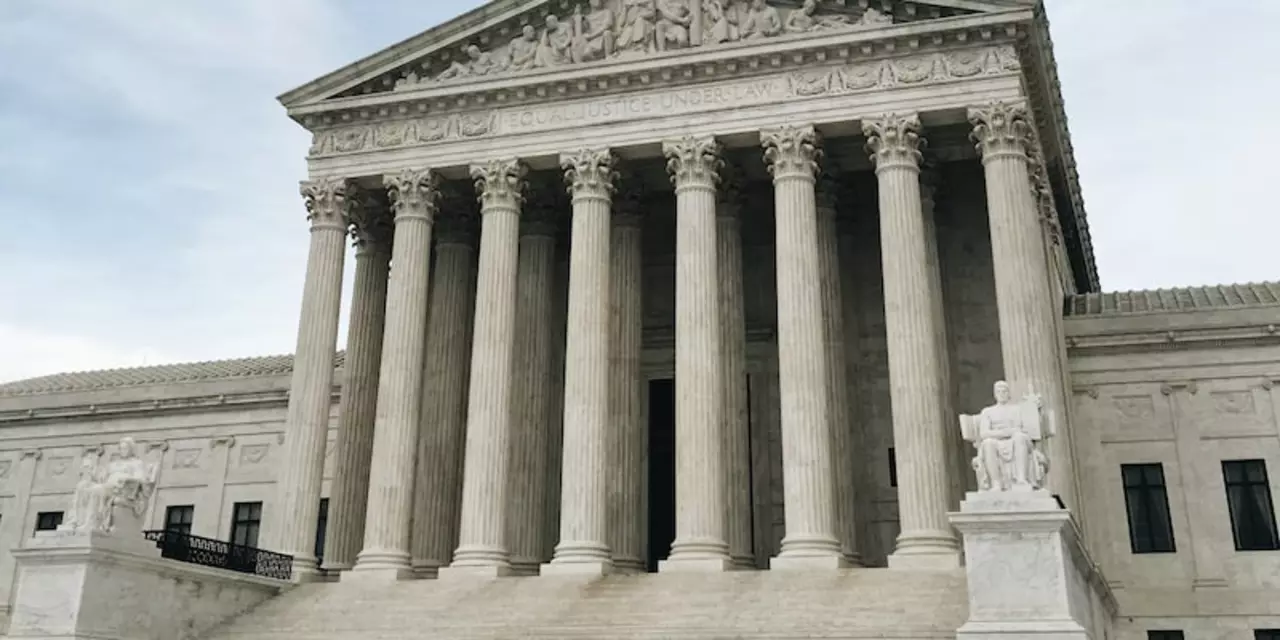Understanding India’s Judicial Body and the Latest Supreme Court News
When you hear "judicial body," most people picture the Supreme Court. It’s the top court that decides on big issues like rights, laws, and government actions. Knowing how it works helps you see why a single appointment can ripple through the whole country.
What the Supreme Court Does Every Day
The Supreme Court handles appeals from lower courts, settles disputes between states, and checks if laws follow the constitution. Its judges, called justices, look at written arguments, hear oral testimonies, and then write opinions that become legal precedents. Those decisions affect everything from the price you pay for medicine to how police can search a home.
Why the CJI Bobde Recommendation Matters
Recently, Chief Justice of India Sharad Arvind Bobde suggested Justice N.V. Ramana as his successor. This isn’t just a formality; the next Chief Justice sets the tone for the court’s agenda, decides which cases get priority, and can influence how quickly rulings are delivered. If you’ve ever wondered why some high‑profile cases take years, the answer often lies in the court’s leadership.
Bobde’s recommendation follows the seniority rule, meaning Justice Ramana is the most senior judge after Bobde. The President will confirm the appointment, but the recommendation signals confidence in Ramana’s experience and his past judgments on civil liberties and economic reforms.
For regular folks, a new Chief Justice can mean faster rulings on consumer complaints, clearer guidelines on privacy, and more robust checks on government policies. It also signals to lawyers and businesses how the court might interpret upcoming legislation.
So, what can you do with this info? Keep an eye on Supreme Court announcements, especially if you’re involved in a legal matter or run a business that follows regulatory changes. Knowing who’s at the helm can help you anticipate shifts in legal interpretations.
In short, the judicial body isn’t a distant institution—it directly shapes the rules that govern daily life. The recent recommendation of Justice Ramana is a key moment that will influence how quickly and fairly those rules are applied.
Legal Analysis

Is the Supreme Court the most powerful judicial body on Earth?
The Supreme Court of the United States is widely considered to be the most powerful judicial body on Earth. It is the ultimate arbiter of the law in the US, and its decisions can have far-reaching consequences for the entire nation. The Supreme Court has the power to invalidate laws passed by Congress and state legislatures, as well as to overturn previous court decisions. It also serves as the final court of appeals for all federal courts, meaning that its decisions are binding on all other courts in the US. The Supreme Court is the ultimate authority for interpreting the Constitution and for setting the legal standards for the US government.